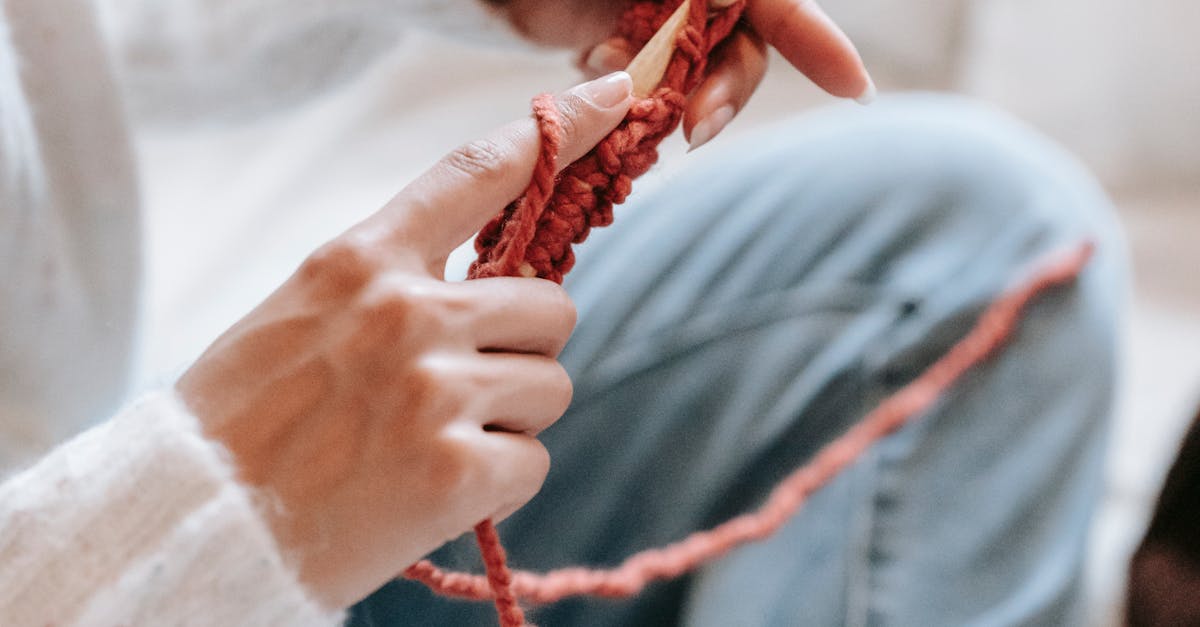Knitting is a versatile craft that offers a wide range of techniques and styles to explore. Whether you’re a beginner or an experienced knitter looking to expand your skills, mastering the right tools and techniques is essential for achieving beautiful and intricate projects. In this article, we will delve into the best six measures when it comes to knitting tools and techniques, with a focus on lace knit, intarsia, and brioche stitch.
1. Quality Needles:
Investing in high-quality knitting needles is crucial for achieving professional results in your projects, especially when working on intricate lace knit patterns. Choose needles that are smooth, durable, and comfortable to hold for long knitting sessions. For intarsia and brioche stitch projects, having a variety of needle sizes and types (such as circular needles for larger projects) will make the process smoother and more enjoyable.
2. Stitch Markers:
Stitch markers are indispensable tools for keeping track of your stitches, especially in lace knit patterns where accurate stitch counts are crucial. Use different colored markers to indicate different sections or pattern repeats, making it easier to follow intricate lace charts. When working on intarsia projects with multiple color changes, stitch markers can help you stay organized and prevent mistakes.
3. Blocking Tools:
Proper blocking is key to achieving a polished finish for your lace knit projects. Invest in blocking mats, T-pins, and blocking wires to shape and stretch your knitted pieces to the correct measurements. For intarsia and brioche stitch projects, blocking tools help even out tension and define the intricate colorwork or textural details in your knitting.
4. Lace Knit Basics:
When diving into lace knitting, understanding the basics of yarn overs, decreases, and pattern repeats is essential. Practice working with lace-weight yarn and mastering common lace stitches like yarn over, ssk (slip, slip, knit), and k2tog (knit two together). Being comfortable with lace knit basics will set you up for success in tackling more intricate lace patterns and designs.
5. Intarsia Techniques:
Intarsia is a colorwork technique that involves knitting blocks of different colors within the same row. To excel in intarsia knitting, practice maintaining tension across color changes, weaving in yarn tails neatly at the back of your work, and reading intarsia charts accurately. Having a solid grasp of intarsia techniques will allow you to create stunning color designs and motifs in your knitted projects.
6. Brioche Stitch Mastery:
Brioche knitting creates a lush, reversible ribbed fabric with a unique texture and depth. To master brioche stitch, familiarize yourself with the basic brioche knit (brk) and brioche purl (brp) stitches, as well as increases and decreases specific to brioche knitting. Experiment with contrasting yarn colors to highlight the intricate stitches and create visually striking brioche knit projects.
In conclusion, by focusing on the best six measures for knitting tools and techniques in lace knit, intarsia, and brioche stitch, you can elevate your knitting skills and tackle advanced projects with confidence. Remember to practice consistently, be patient with yourself as you learn new techniques, and enjoy the creative process of bringing your knitted creations to life. Happy knitting!


